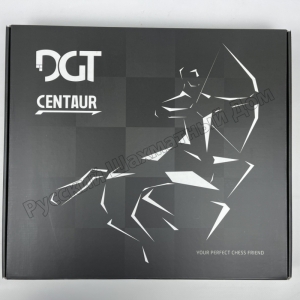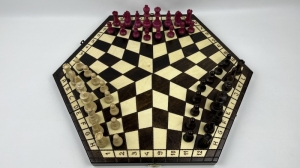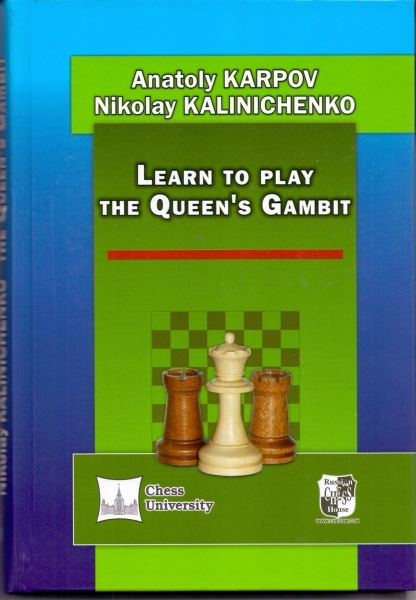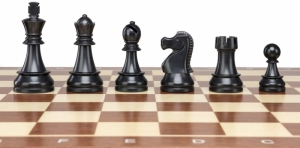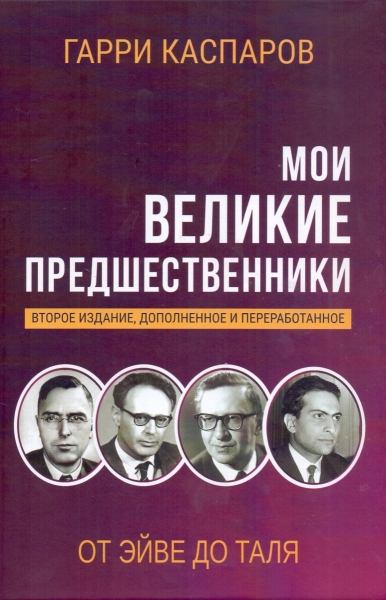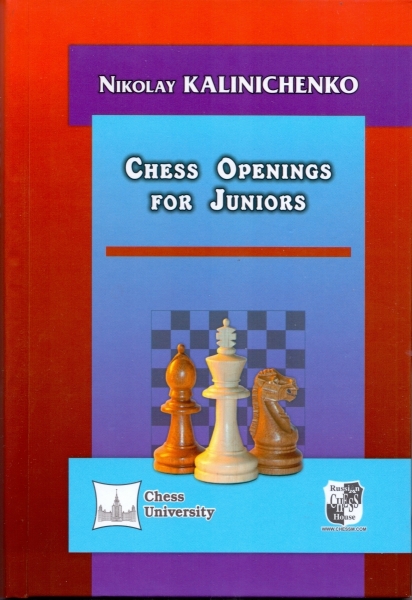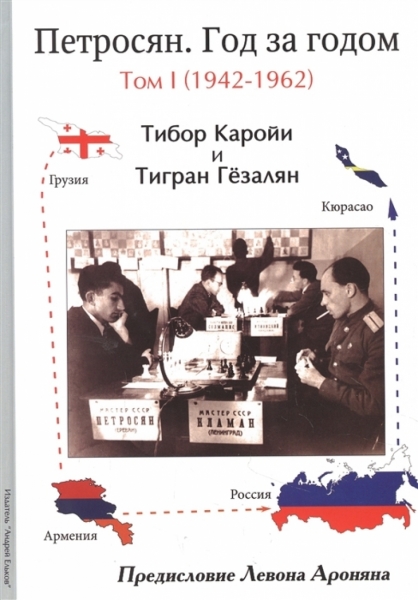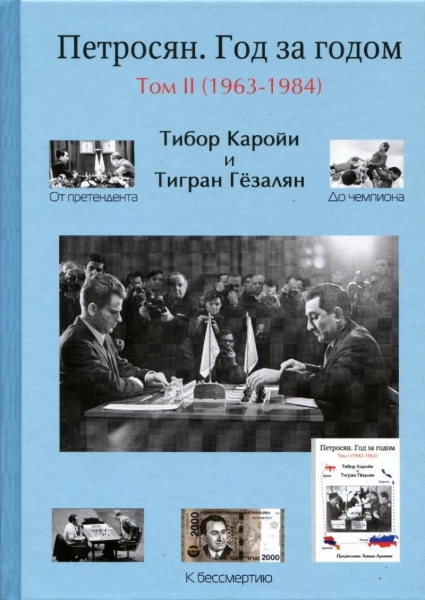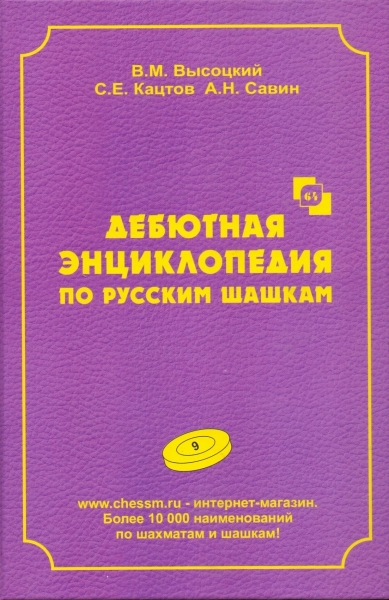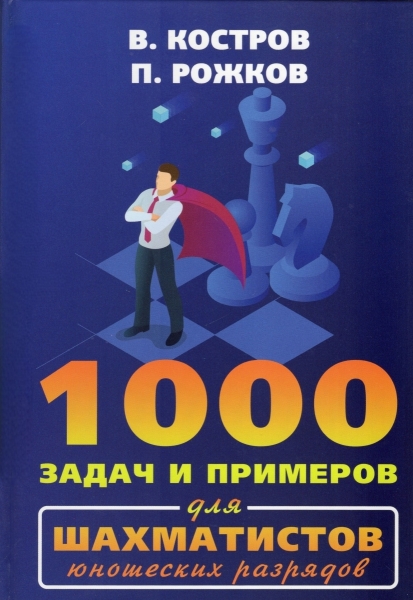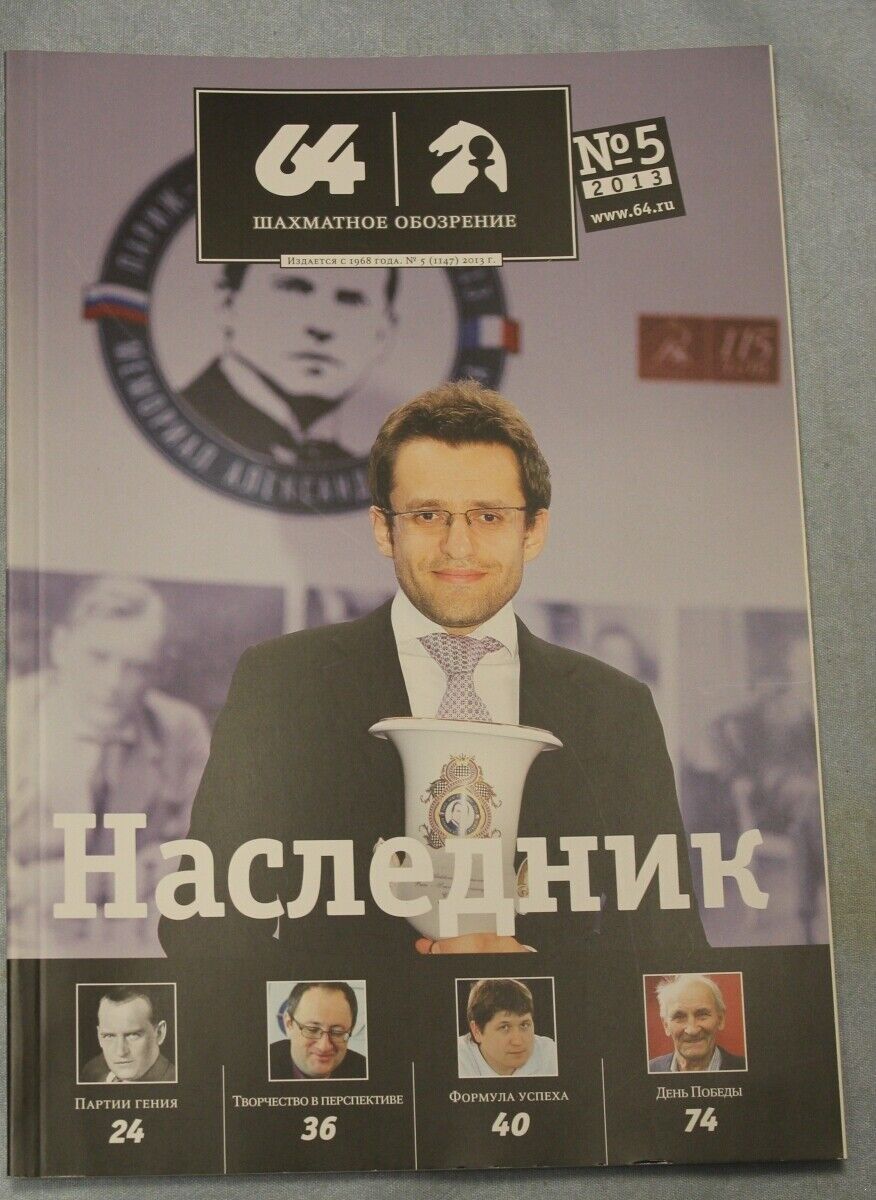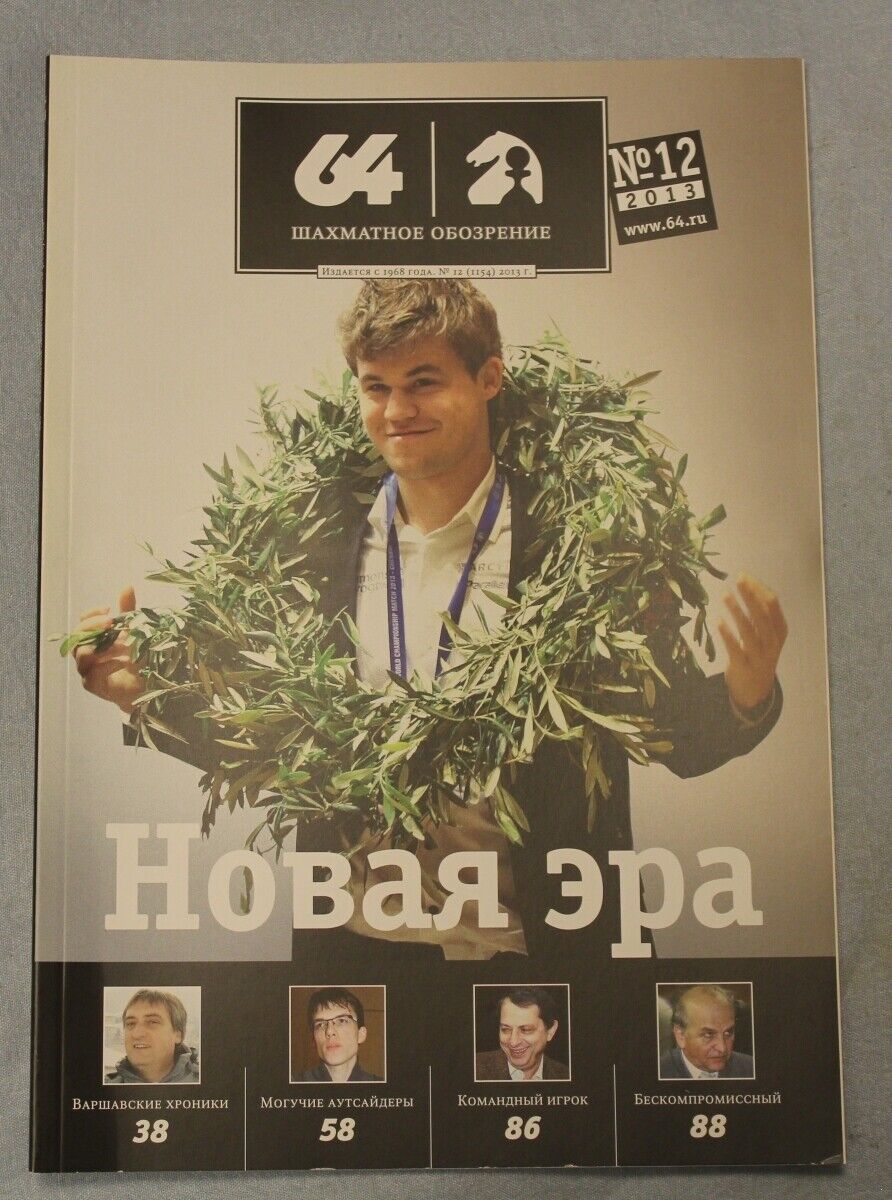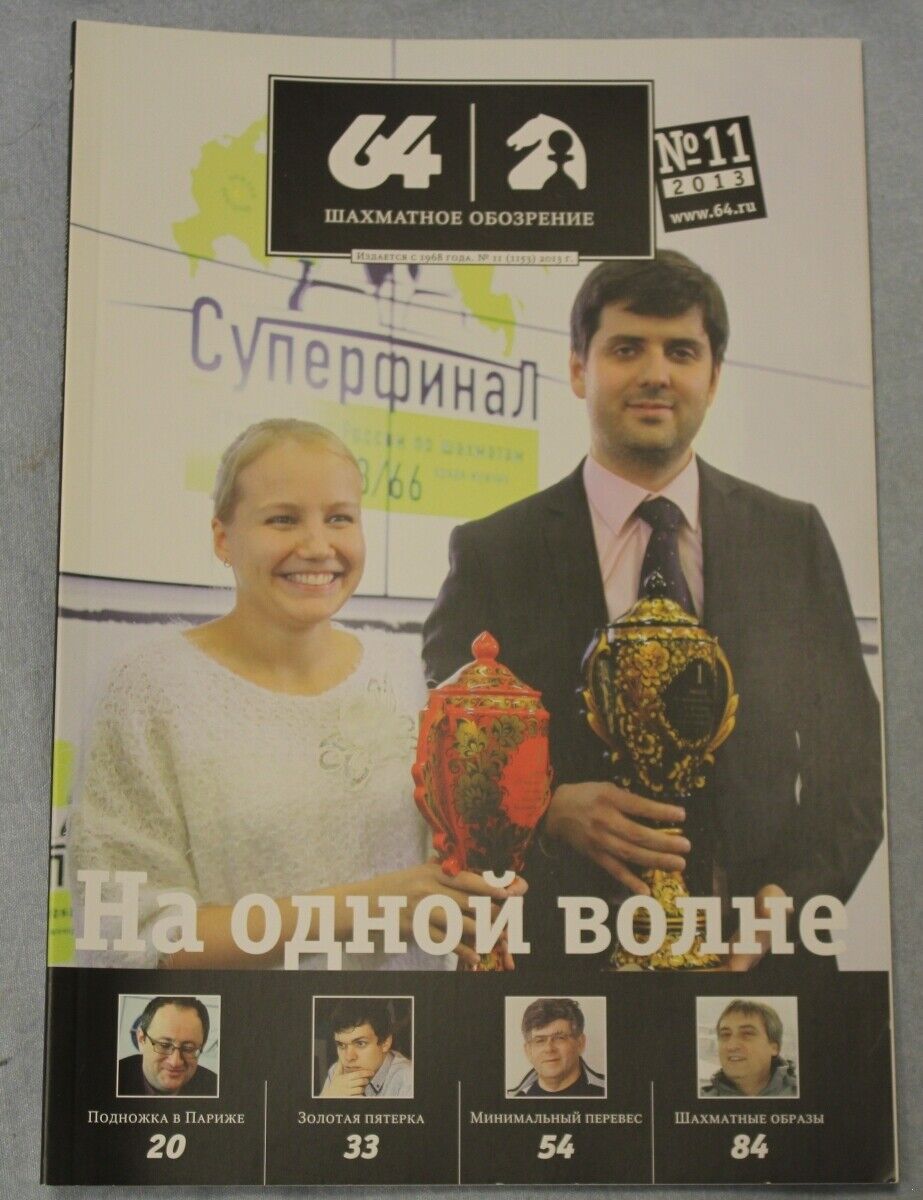Complete year set of issues of the Russian chess magazine: 64 - Chess Viewer. 2013
12 issues
Published: "64"
Pages: 1152
Binding: Softback
Language: Russian
Format: Increased
Coated paper!
"64 - Chess review" is a mass illustrated sports and methodical magazine of the USSR state sports Committee. Published 10.1.1980 2 times a month (his predecessor "64"). Circulation 74 thousand copies. (1987). Editor - in-chief-A. Karpov (since 1980). Among the members of the editorial Board are leading chess players and figures of the chess movement of the country.
Continued the tradition of "64": All the best that was achieved by the weekly "64", we will try to preserve and develop. But a fundamentally new path that we deliberately chose is the path of maximum unity of the magazine and you, dear readers (A. Karpov).
He publishes games with comments of leading Soviet and foreign chess players, articles on the theory and history of chess, interviews, materials on composition, covers various Soviet and international competitions, prints literary works devoted to chess, crosswords, quizzes, humorous materials - "the Commonwealth of muses", "the World of Hobbies", "Cafe "Triple check", on the "65th field" and more. The theme of the magazine is largely determined by its readers: the materials of "Correspondence flying", the Central turn "On the Soviet country" (a kind of newspaper in the magazine) are entirely based on the materials of the reader's mail; the heading "Portrait gallery" represents the Champions and active chess players-social activists. The most popular sections are: "Laboratory of creativity", "World of debut ideas", "Workshop", "Their names - in the history of chess", "Round table", where problematic issues are discussed from different points of view. At large competitions "64 - Chess review" is presented by special correspondents-chess players (often winners of competitions) who tell about results of competitions in the section "Tournament for tournament". In the section "Composition" are published competitions of drawing up and solving problems and studies, as well as tasks "Five minutes on the chart." Among the authors of the journal - M. Botvinnik, M. Chiburdanidze, M. tal, Y. elvest, V. Salov, A. Belyavsky, L. Polugaevsky, E. Gufeld, S. Makarychev, N. Alexandria, and also M. Filip (Czechoslovakia), A. Adorian (Hungary), A. Matanovich (Yugoslavia), I. Timman (Netherlands), R. Keane (England) and others.
The magazine is the initiator of seminars for editors of chess departments of Newspapers, organizes competitions for mass competitions, for the best drawing and photography, for the best mass matches of chess teams "64 X 64". Sets special prizes for the best creative achievements for the participants of major competitions. Maintains links with chess editions of socialist countries: exchanges experience in the category "Crossroads of friendship", together with "Shakhovsky informant" arranges a competition "Elo on aesthetics" (readers vote to determine the 10 best games of the year, which are compared with the estimates of the authoritative jury). Other foreign materials are printed in the section "international panorama".
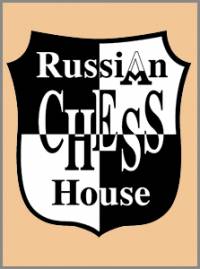 The life of a chess player in the system. Memories of the grandmaster
Author:
The life of a chess player in the system. Memories of the grandmaster
Author: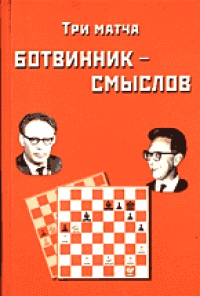 Три матча Ботвинник-Смыслов
Author:
Три матча Ботвинник-Смыслов
Author: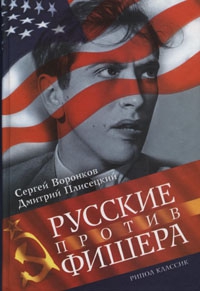 Russians vs Fisher
Author:
Russians vs Fisher
Author: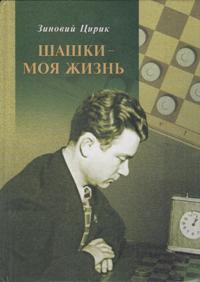 Checkers is my life
Author:
Checkers is my life
Author: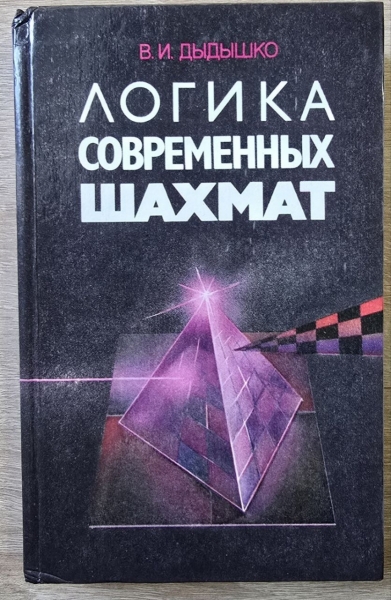 The logic of modern chess
Author:
The logic of modern chess
Author: Siegbert Tarrasch. The Queen
Author:
Siegbert Tarrasch. The Queen
Author: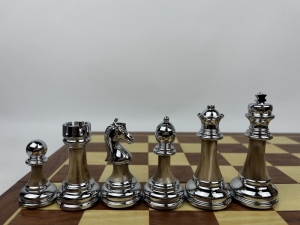 High quality acrylic metal heavy chess pieces with wooden board
202.50 $
High quality acrylic metal heavy chess pieces with wooden board
202.50 $
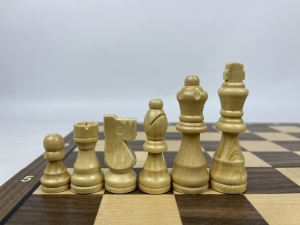 Wooden magnetic Staunton chess with a lock (silver)
56.25 $
Wooden magnetic Staunton chess with a lock (silver)
56.25 $
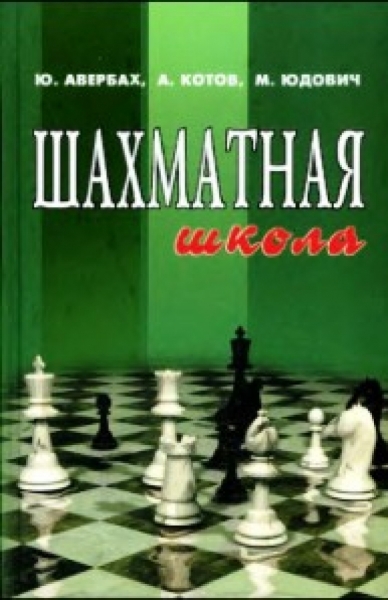 Chess school
Author:
Chess school
Author: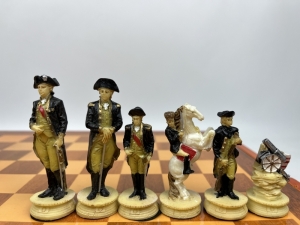 The chess set of The Chessmen. US war - Great Britain
325.00 $
The chess set of The Chessmen. US war - Great Britain
325.00 $
 Русский
Русский  Английский
Английский 